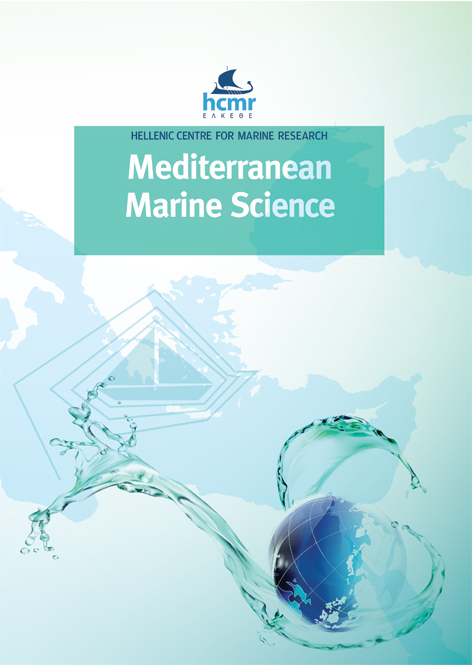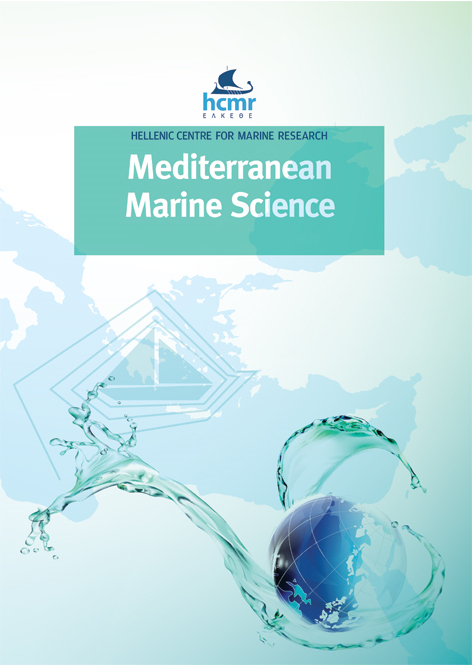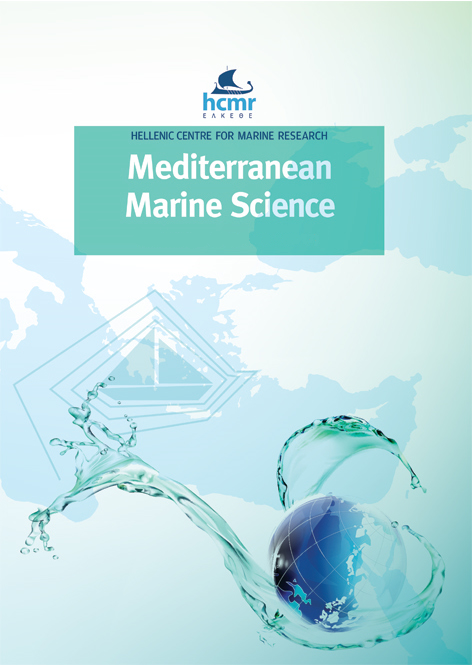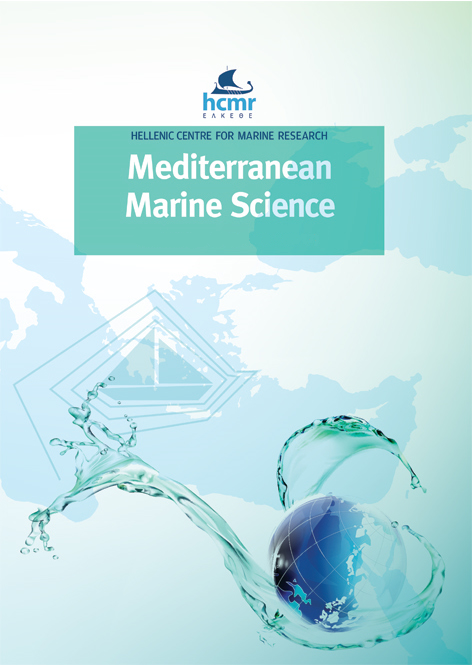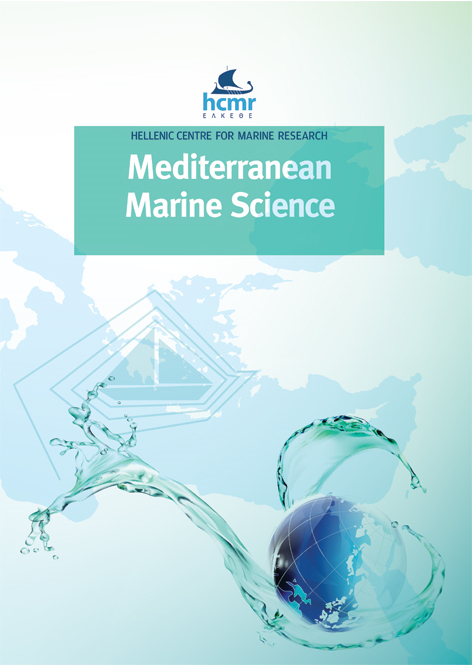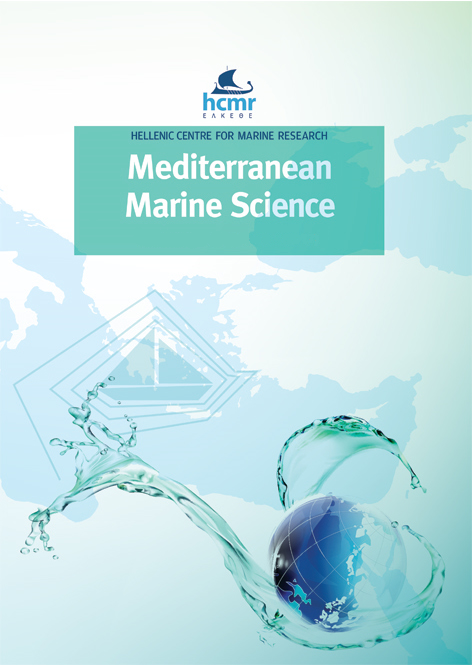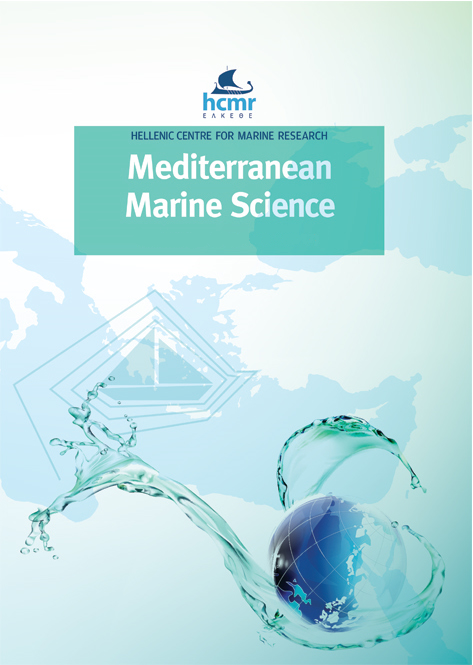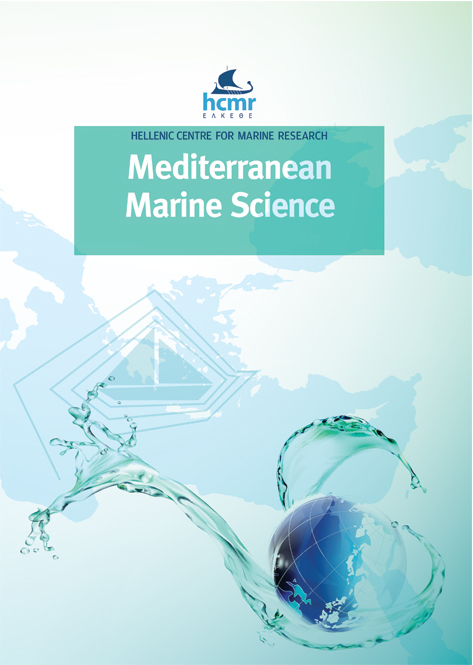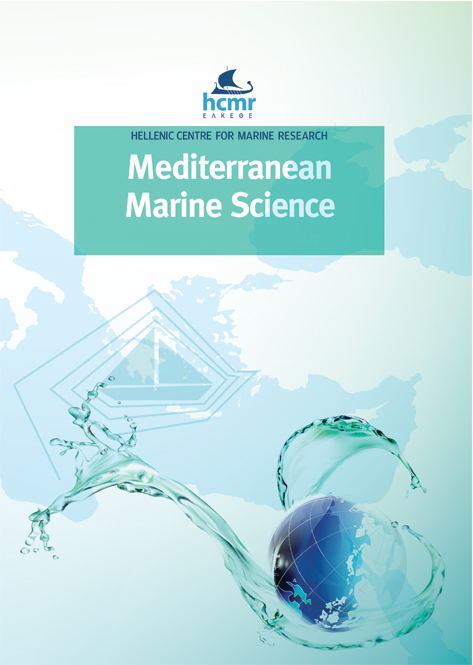Bridging the knowledge gap on the distribution and typology of vermetid bioconstructions along the Maltese coastline: an updated assessment
Аннотация
In the Maltese Islands, insufficient attention has been paid to vermetid reefs, endemic Mediterranean bioconstructions widely distributed along the southern part of the basin. As a result, this is a largely-overlooked coastal ecosystem despite the multitude of
ecosystem services it provides. The perennial urban development in the Maltese Islands calls for the adoption of urgent action to protect coastal habitats, in particular bioconstructions that increase biodiversity and contribute to mitigating the effects of climate
change. The objective of our study was to extensively document the presence and typology of the vermetid reef ecosystems along
the coast of Malta and Gozo, assessing the occurrence of putative anthropogenic threats on the same ecosystem. Quantitative measurements were additionally taken to morphologically characterize the recorded bioconstructions. Furthermore, we tested the
human pressure effect on the density of vermetid individuals and associated biodiversity. “True” trottoirs were only documented
along the south-east coast of Malta, where unfortunately land reclamation projects are expected to be implemented. Although no direct relation between a number of assessed human activities and the density of vermetid individuals was reported in the current study, we suggest the conduction of further studies to investigate the influence of specific disturbances on the conservation status of this ecosystem. This study expands the existing knowledge on the status of vermetid reefs in the Maltese Islands and calls for management and conservation actions to preserve this bioconstruction.
Article Details
- Как цитировать
-
FRANZITTA, G., MARRONE, A., GAUCI, A., GALDIES, J., MANGANO, M. C., SARA, G., & DEIDUN, A. (2022). Bridging the knowledge gap on the distribution and typology of vermetid bioconstructions along the Maltese coastline: an updated assessment. Mediterranean Marine Science, 23(4), 817–826. https://doi.org/10.12681/mms.28348
- Раздел
- Research Article
Authors who publish with this journal agree to the following terms:
- Authors retain copyright and grant the journal right of first publication with the work simultaneously licensed under a Creative Commons Attribution Non-Commercial License that allows others to share the work with an acknowledgement of the work's authorship and initial publication in this journal.
- Authors are able to enter into separate, additional contractual arrangements for the non-exclusive distribution of the journal's published version of the work (e.g. post it to an institutional repository or publish it in a book), with an acknowledgement of its initial publication in this journal.
- Authors are permitted and encouraged to post their work online (preferably in institutional repositories or on their website) prior to and during the submission process, as it can lead to productive exchanges, as well as earlier and greater citation of published work (See The Effect of Open Access).

